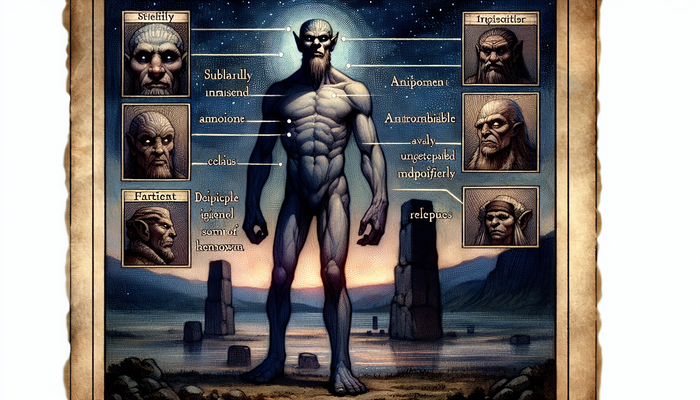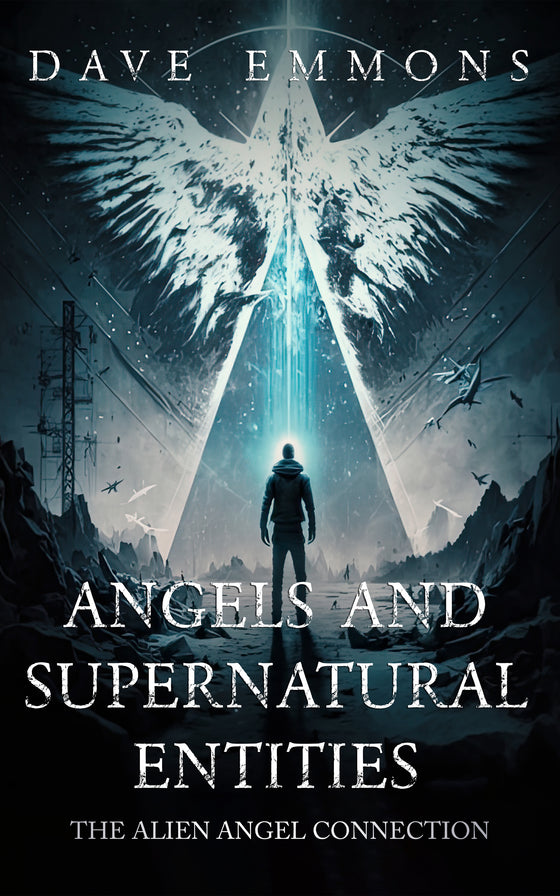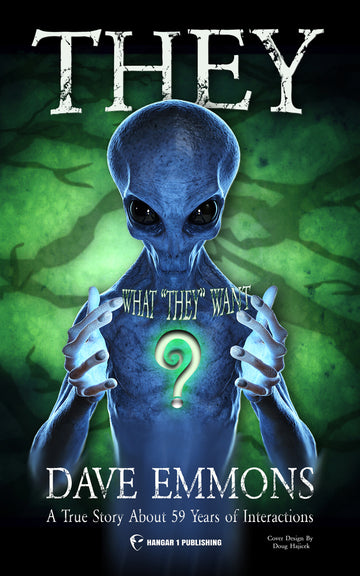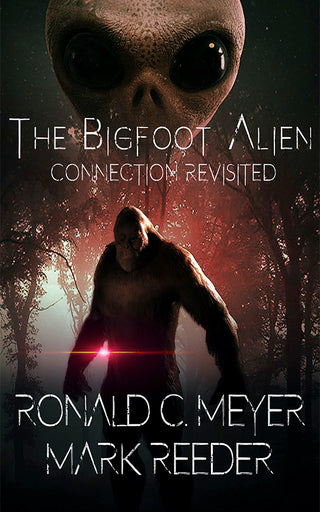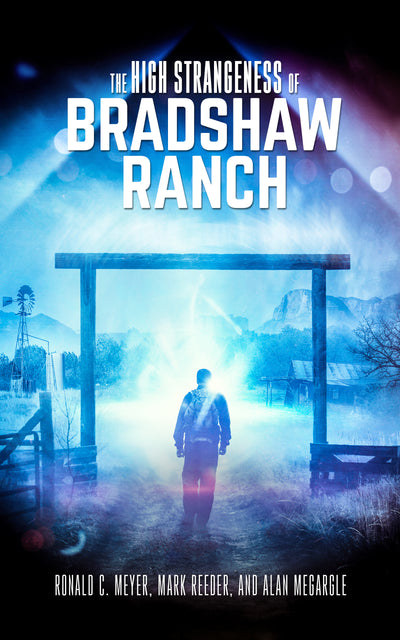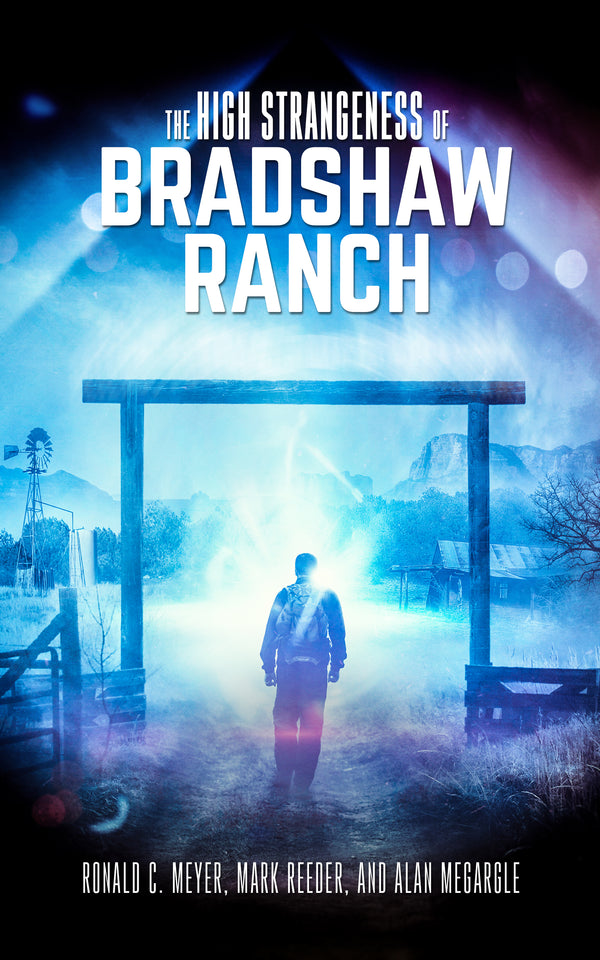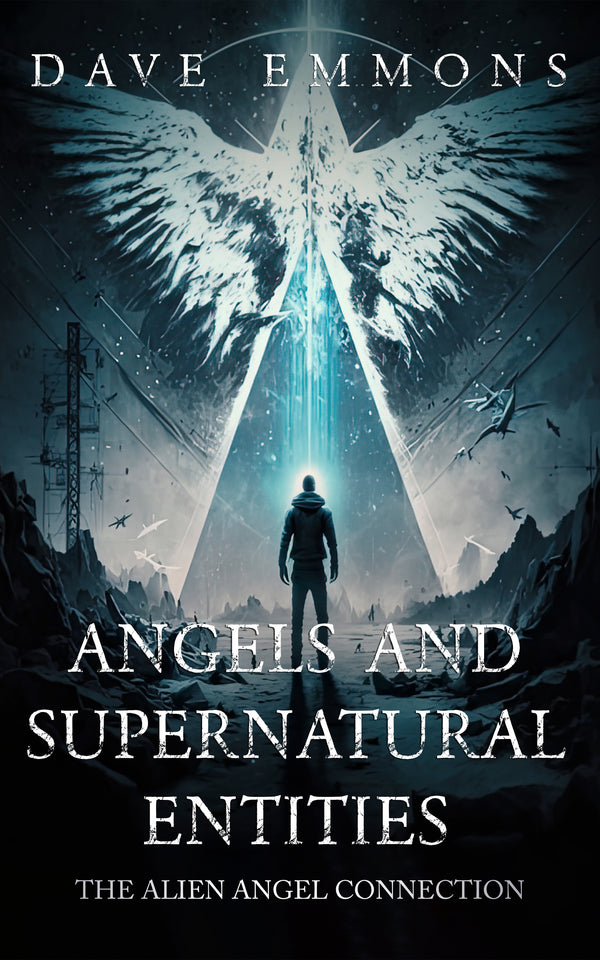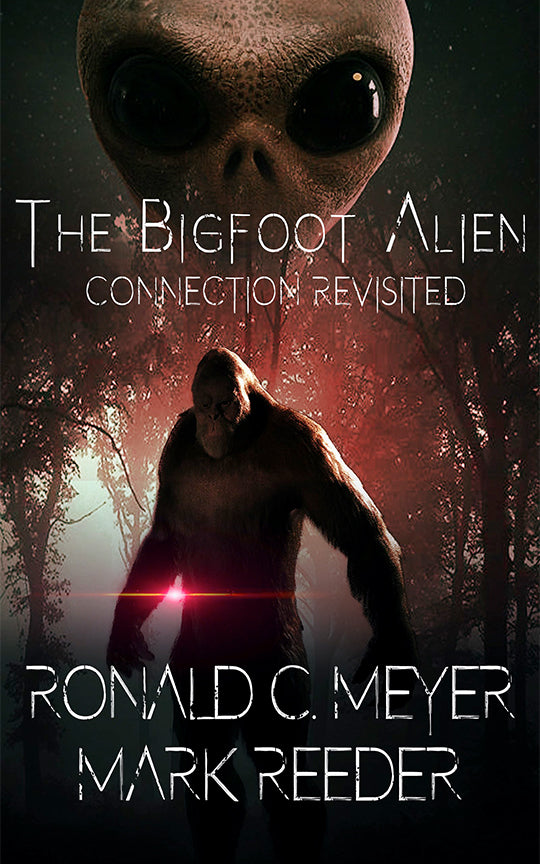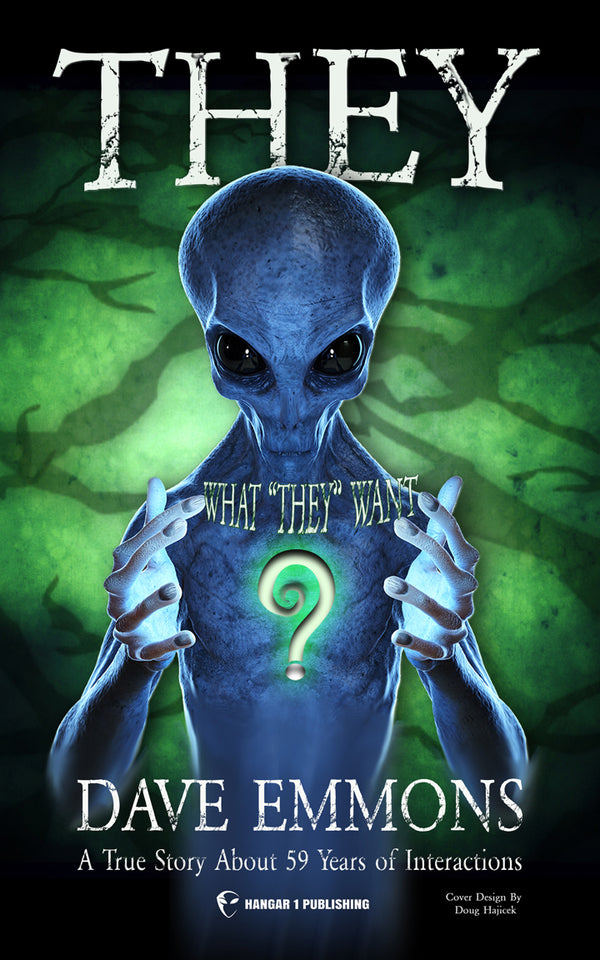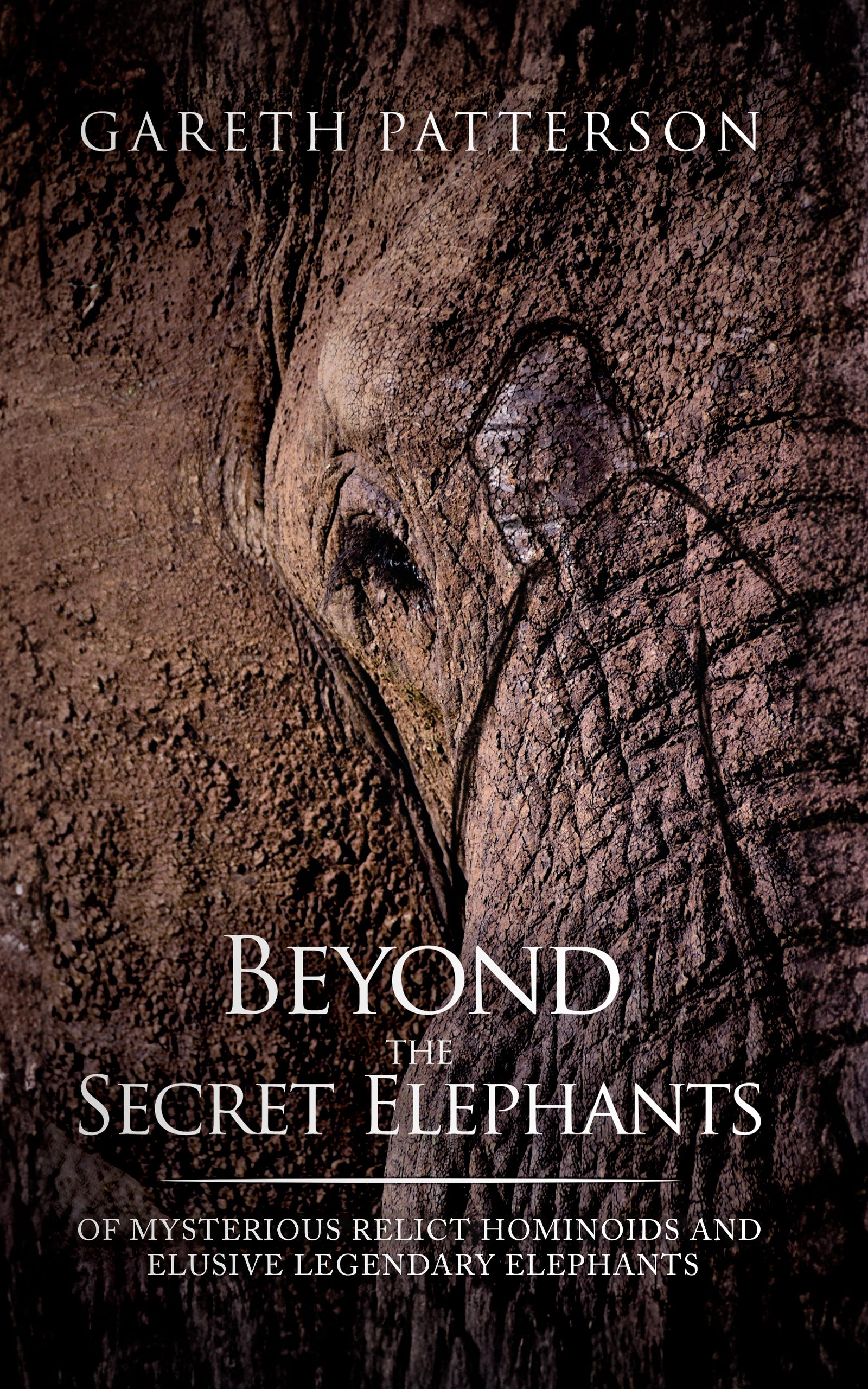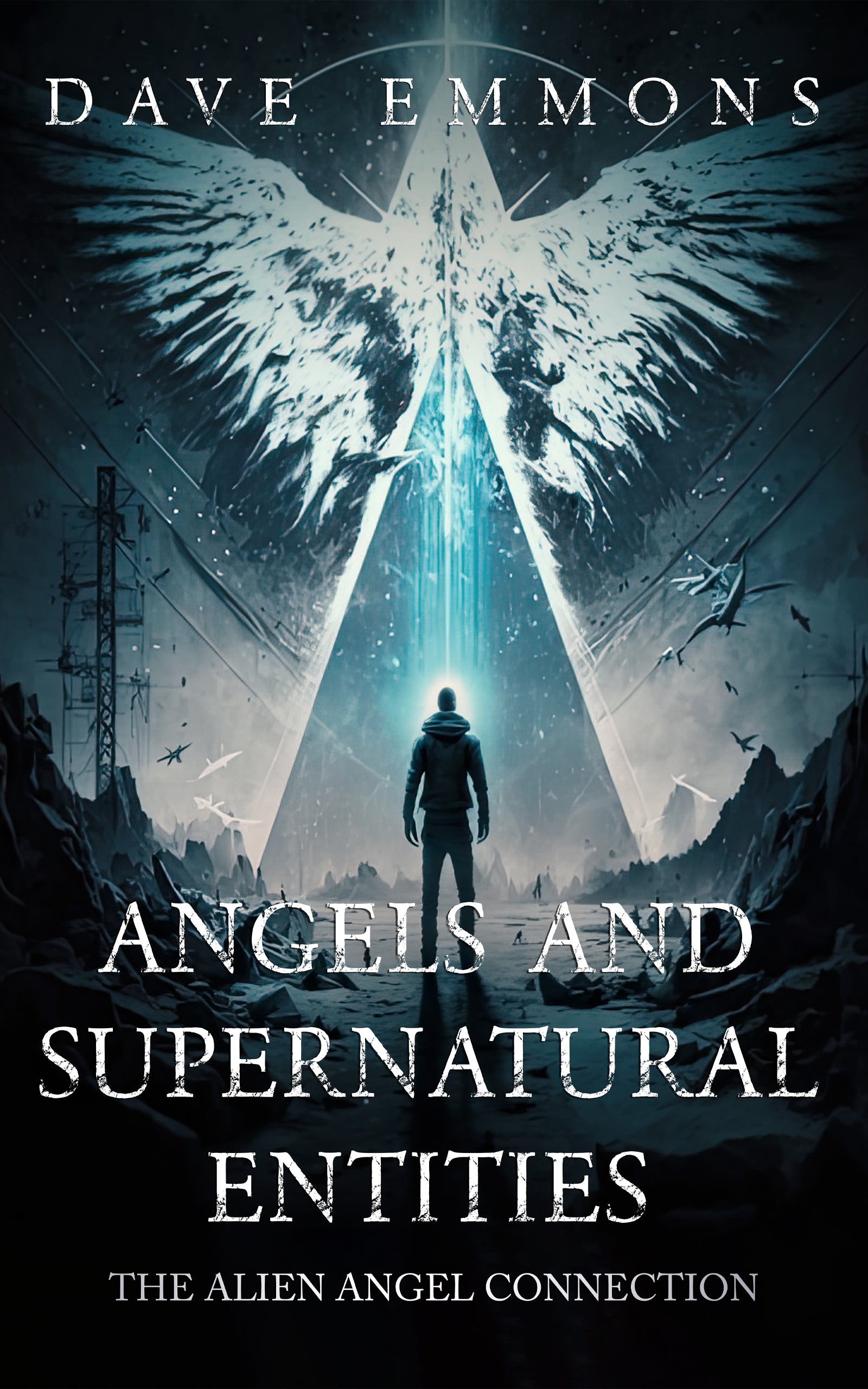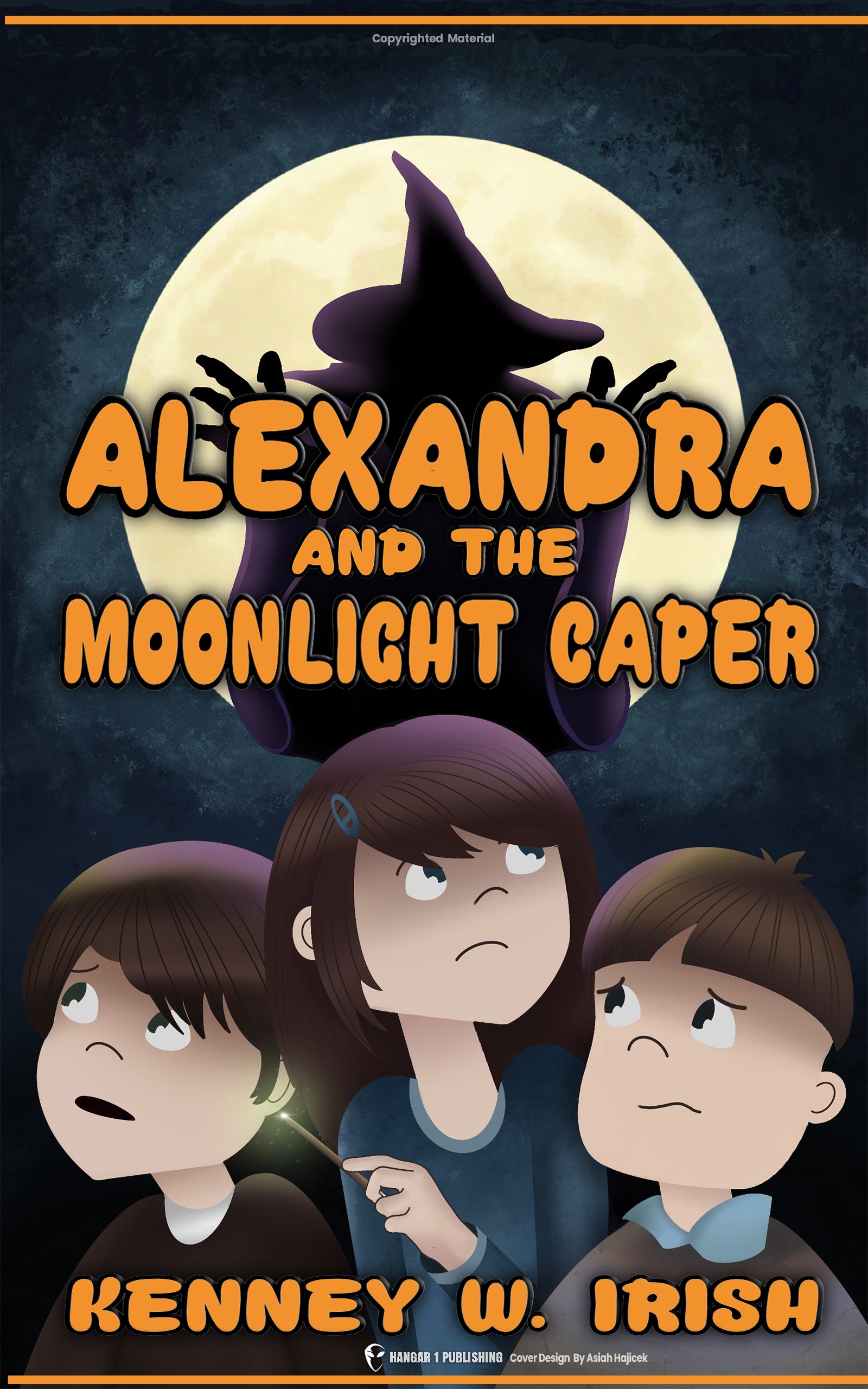Annunaki Myths Explored
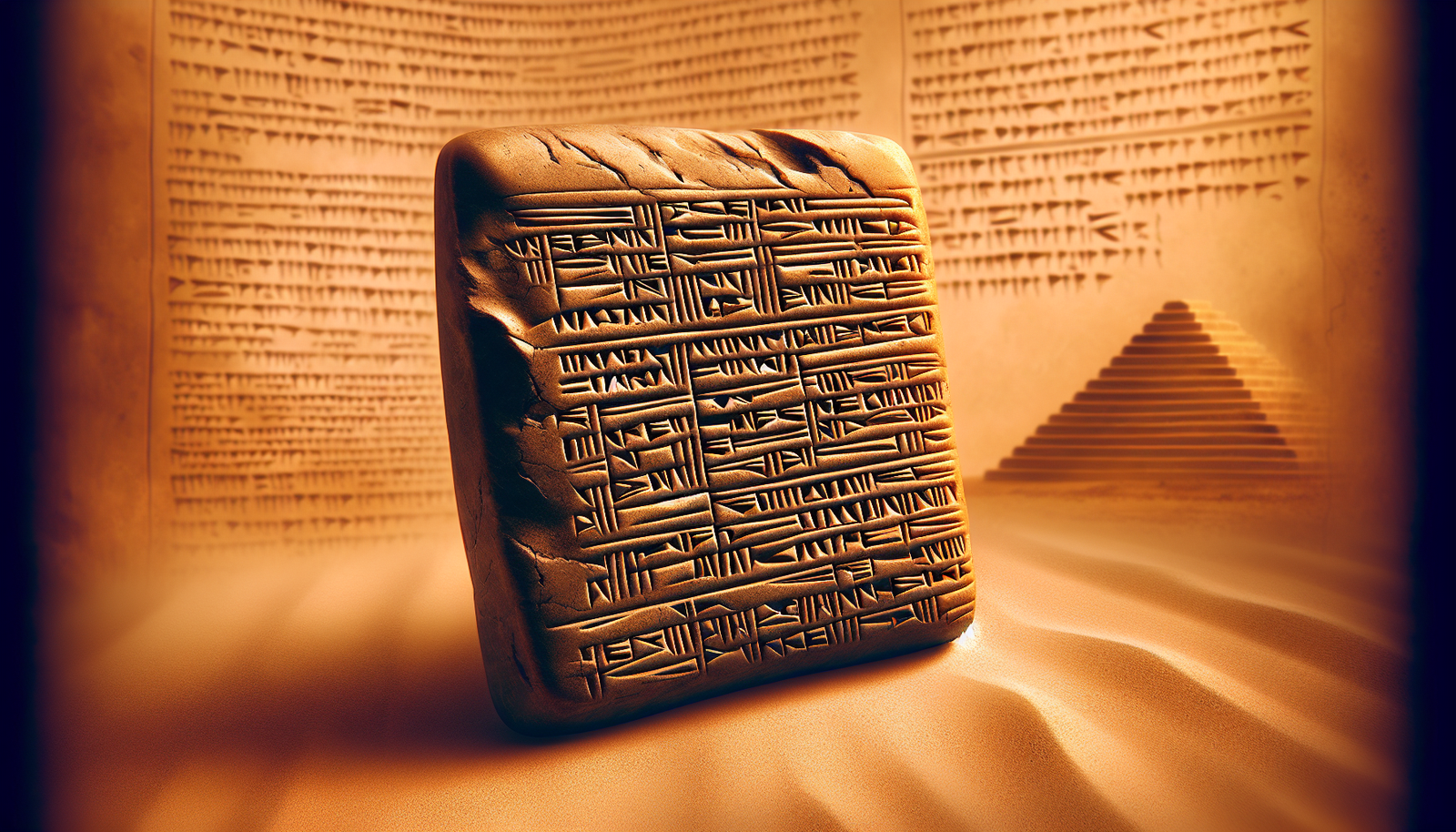
By Elaine Westfield, Ufologist
Beyond the Veil of Ancient Sands – Why the Annunaki Still Capture Our Imagination
The ancient clay tablets of Mesopotamia tell stories of powerful beings who shaped the destiny of humankind. Their cuneiform script speaks of winged deities with extraordinary powers, who descended from the heavens, created humans, and passed judgment on their souls. These are the Annunaki-figures that have transcended their original context to become some of the most intriguing and contested entities in both academic circles and popular imagination.
Are these winged figures merely mythological constructs of an ancient civilization trying to make sense of their world? Or do they represent something more extraordinary-perhaps even visitors from beyond Earth? This question has sparked fierce debate, captivating scholars, spiritualists, and conspiracy theorists alike.
The term "Annunaki" refers to a group of deities in ancient Mesopotamian pantheons-Sumerian, Akkadian, Assyrian, and Babylonian. While academics view them through the lens of religious history, alternative theorists have reimagined them as extraterrestrial beings who altered the course of human evolution. The stark contrast between these interpretations reveals as much about our modern fascination with the unknown as it does about these ancient figures themselves.
This exploration of Annunaki myths will peel back the layers of historical texts, examine their evolving roles across millennia, and investigate how these ancient gods transformed into purported alien geneticists in contemporary discourse. By understanding both traditional and unconventional perspectives, we can appreciate why these mysterious figures continue to hold such power over our collective imagination.
The Genesis of the Divine: Annunaki in the Cradle of Civilization
Setting the Scene: Ancient Mesopotamia
Between the Tigris and Euphrates rivers, in what is now Iraq, the world's earliest known civilization emerged around 4000 BCE. The Sumerians developed sophisticated irrigation systems, complex social structures, and most crucially for our understanding of the Annunaki, the first known writing system-cuneiform script pressed into clay tablets.
These tablets serve as our primary window into Sumerian beliefs and culture. Approximately 500,000 of these ancient texts have been discovered, though many remain untranslated. They record everything from mundane accounting records to elaborate myths that formed the backbone of Mesopotamian religious thought.
The Sumerians envisioned a world teeming with divine beings. Unlike modern monotheistic religions, they recognized hundreds of gods, each responsible for different aspects of existence. From this rich tapestry of deities, the Annunaki emerged as particularly significant figures.
Defining the Annunaki: Unpacking the Name and Lineage
The name "Annunaki" itself offers our first clue to their nature. In Sumerian, it translates roughly to "princely offspring" or "those of royal blood." More specifically, they were considered the descendants of An (or Anu), the supreme sky god, and Ki, the earth goddess.
This divine lineage placed them at the pinnacle of the Mesopotamian pantheon. As children of heaven and earth, they embodied the connection between these realms and served as intermediaries between the cosmic powers and the mortal world.
The concept of the Annunaki wasn't static-it evolved over thousands of years as Sumerian culture gave way to successive Mesopotamian civilizations. The Akkadians, Babylonians, and Assyrians each adapted these deities to fit their own religious frameworks, resulting in varying depictions and roles across different periods and regions.
The Pantheon's Elite: Key Annunaki Figures and Their Early Roles
While the exact membership of the Annunaki remains somewhat fluid in ancient texts, certain deities consistently appear in this divine grouping. The most prominent include:
- An (Anu): The supreme sky god and father of the gods
- Enlil: God of air, wind, and breath, who separated heaven and earth
- Enki (Ea): God of water, wisdom, and creation
- Ninhursag: Mother goddess associated with earth and birth
- Nanna (Sin): Moon god
- Utu (Shamash): Sun god
- Inanna (Ishtar): Goddess of love, fertility, and war
Early Sumerian texts suggest one of the Annunaki's primary functions was to "decree the fates of mankind." In the poem "Enki and the World Order," the Annunaki bow to Enki, sing his praises, and take up residence among humans, while twice explicitly stating they determine human destinies.
These deities weren't just abstract concepts-they were intimately connected with celestial bodies. Inanna was associated with Venus, Utu with the sun, and Nanna with the moon. This cosmic connection reinforced their power and influence over the natural world.
The Shifting Landscape of Divine Identity: Annunaki's Evolving Roles
One of the most fascinating aspects of the Annunaki is how their perceived roles transformed over time. In the earliest texts, they appear primarily as heavenly deities of immense power. However, after the Old Babylonian period (around 1600 BCE), a significant shift occurred-they began to be portrayed as gods of the underworld.
This evolution is particularly evident in the Epic of Gilgamesh, where the Annunaki appear as seven judges of the dead. Similarly, in "Inanna's Descent into the Netherworld," seven Annunaki sit in judgment over the goddess when she attempts to conquer the realm of the dead. They condemn her for her hubris, sentencing her to death.
The number of Annunaki also varies dramatically across different texts. Some mention seven judge-deities, while others describe fifty Annunaki associated with the city of Eridu. The Babylonian creation epic, Enuma Elish, refers to a staggering 600 Annunaki in the underworld and 300 in heaven.
Adding to this complexity is their relationship with another group of deities called the Igigi. In some texts, these terms seem interchangeable, while in others, they represent distinct groups-often with the Igigi as lesser gods who serve or rebel against the Annunaki. The poem of Erra explicitly distinguishes between them, while the Atra-Hasis epic describes the Igigi as laborers who revolt against their Annunaki masters, prompting the creation of humans as replacement workers.
The Limits of Worship: Archaeological Evidence and Cult Practices
Despite their prominence in literary texts, archaeological evidence for the collective worship of the Annunaki is surprisingly scarce. No temples dedicated specifically to the Annunaki as a group have been discovered, nor have any representations of them as a complete divine assembly.
This absence likely reflects how ancient Mesopotamians practiced their religion. Rather than worshipping the Annunaki collectively, people devoted themselves to individual deities who happened to be members of this group. Each god had their own cult center, typically in a specific city where they served as patron deity.
For instance, Enlil was the patron god of Nippur, while Enki was associated with Eridu. Citizens would direct their prayers and offerings to these individual gods rather than to the Annunaki as a whole.
When depicted in art, Mesopotamian deities were almost exclusively anthropomorphic-having human form-though often with symbolic attributes like horned caps signifying their divinity. They were imagined as beings of tremendous physical size who wore melam, an ambiguous substance described as "terrifying splendor" that induced physical tingling (ni) in humans who beheld them.
The Extraterrestrial Hypothesis: Zecharia Sitchin and the Dawn of a New Narrative
Introducing the Architect: Zecharia Sitchin and His Groundbreaking Theories
In 1976, the world of Annunaki interpretation changed dramatically when author Zecharia Sitchin published "The 12th Planet," the first in his "Earth Chronicles" series. After studying Sumerian cuneiform tablets for 30 years, Sitchin offered a radical reinterpretation that would captivate readers and spawn an entirely new narrative about human origins.
Sitchin, born in Azerbaijan and educated in Palestine and London, claimed that conventional translations of Sumerian texts misunderstood the true nature of the Annunaki. According to him, these weren't mythological figures but flesh-and-blood extraterrestrial beings who had visited Earth in the remote past.
His work represents one of the most influential examples of "ancient astronaut theory," the idea that extraterrestrials interacted with ancient humans and were subsequently worshipped as gods. While conventional archaeologists and linguists have roundly rejected Sitchin's translations and conclusions as pseudoarchaeology, his ideas have gained remarkable traction in popular culture.
The Nibiru Saga: A Planet of Origin and a Golden Quest
Central to Sitchin's theory is the existence of a planet he called Nibiru (based on references in Mesopotamian texts), which he described as the "12th planet" in our solar system. According to his interpretation, Nibiru follows an extremely elongated, elliptical orbit that brings it near Earth only once every 3,600 years.
Sitchin claimed that approximately 450,000 years ago, during Earth's Pleistocene ice age, beings from Nibiru-the Annunaki-established their first settlement in Mesopotamia. Their primary mission? Mining gold. But not for jewelry or currency. According to Sitchin, the Annunaki needed gold particles to repair their planet's deteriorating atmosphere.
Under the supervision of their ruler Anu (who remained on Nibiru), the Annunaki established mining operations on Earth. These were led by Anu's sons, the half-brothers Enlil and Enki, who developed a rivalry that would later impact human development. While Enlil oversaw the Mesopotamian colony (E-din), Enki led expeditions to Africa ("the land of mines") and eventually South America to extract the precious metal.
This narrative attempts to explain humanity's seemingly inexplicable obsession with gold throughout history. However, conventional science finds no evidence for Nibiru's existence. Mainstream astronomers reject the possibility of such a planet in our solar system, pointing out that an object with the orbit Sitchin describes would have catastrophic gravitational effects that we simply don't observe.
Engineering Humanity: The Creation of a Slave Race
Perhaps the most provocative aspect of Sitchin's theory involves the creation of humans. According to his interpretation, after mining gold for over 100,000 years, the Annunaki workers mutinied, refusing to continue the back-breaking labor. This crisis, combined with the challenges of Earth's climate, prompted a solution: create a primitive worker to take over the mining operations.
Enki, described as the Annunaki's chief scientist, proposed genetic engineering. Allegedly, he and the medical officer Ninhursag took reproductive cells from a primitive African hominin (possibly Homo erectus), fertilized them with Annunaki sperm, and implanted the embryo in an Annunaki woman. The result was the "Adamu"-the first human prototype.
These early humans could not reproduce themselves, requiring the Annunaki to continuously create new batches of workers-an inefficient process. Eventually, Enki and Ninhursag modified their creation to enable sexual reproduction, resulting in Homo sapiens-the "perfect slave race," intelligent enough to follow orders but subservient to their Annunaki masters.
Sitchin suggested this genetic modification explains the sudden leap in human evolution that mainstream science struggles to fully account for. The mingling of Annunaki and hominin DNA supposedly bestowed upon us many physiological features, strengths, and capabilities not present in earlier hominid species.
However, according to this narrative, the Annunaki deliberately limited human lifespan and brain capacity to maintain control. While pure-blooded Annunaki lived for thousands of Earth years (appearing immortal to humans), they ensured their creation would have a much shorter life span.
Echoes of Eden: Parallels to Biblical Narratives
Sitchin's reinterpretation draws explicit parallels between Sumerian accounts and biblical stories, particularly Genesis. He suggested that the Garden of Eden was actually an Annunaki settlement or laboratory where early humans were created and tested.
In this framework, the "tree of knowledge" represents forbidden information and abilities the Annunaki withheld from humans. When Adam and Eve consumed its fruit, they gained awareness and knowledge they weren't meant to have-possibly including sexuality and reproduction, since they immediately became aware of their nakedness.
The biblical serpent, often villainized in Judeo-Christian tradition, is recast as Enki-the creator who wanted to elevate humanity despite opposition from other Annunaki leaders like Enlil. This interpretation portrays Enki as a benevolent figure who repeatedly intervened to help his creation, challenging traditional religious narratives about the nature of the serpent.
The theory suggests that virtually every major story in Genesis has roots in earlier Sumerian accounts, which themselves are alleged to be records of actual Annunaki activities on Earth.
The Great Deluge: A Foreseen or Instigated Catastrophe
The biblical flood story finds parallels in numerous ancient cultures, including the earlier Mesopotamian account in the Epic of Gilgamesh, where Utnapishtim survives a world-destroying deluge. Sitchin incorporated this narrative into his Annunaki theory with a distinctive twist.
According to his interpretation, around 13,000 years ago, the Annunaki discovered that Nibiru's approach would cause catastrophic flooding on Earth due to gravitational effects. Enlil, who had grown weary of noisy, rapidly multiplying humans, saw this as an opportunity to eliminate what he considered a troublesome creation. He persuaded the Annunaki council to withhold this information from humans, effectively condemning them to extinction.
However, Enki-ever protective of his created beings-found a loophole. Rather than directly warning humans (which would violate his oath), he spoke loudly to a reed wall behind which a man (variously named Ziusudra, Utnapishtim, or Noah in different traditions) was sleeping. Through this clever subterfuge, Enki instructed the man to build a vessel to survive the coming catastrophe.
After the waters receded, Sitchin claimed the Annunaki had a change of heart. Rather than abandoning humanity, they taught survivors agriculture and animal husbandry, helping re-establish civilization. However, they also allegedly modified human genetics to reduce lifespan and prevent overpopulation.
This narrative attempts to explain the dramatically shorter lifespans of post-flood biblical figures compared to their antediluvian counterparts like Methuselah, who supposedly lived 969 years.
Connections, Controversies, and Evolving Interpretations
Bridging Ancient Worlds: Annunaki and the Nephilim
One of the most intriguing connections in alternative Annunaki theories is their proposed link to the Nephilim mentioned in the Bible. Genesis 6:1-4 cryptically refers to "sons of God" who took "daughters of men" as wives, producing offspring called Nephilim, described as "heroes of old, men of renown."
Proponents of the ancient astronaut theory suggest these "sons of God" were actually Annunaki who interbred with human women. The resulting Nephilim-often characterized as giants in later traditions-could represent human-Annunaki hybrids with superior physical attributes due to their extraterrestrial DNA.
This interpretation attempts to explain various ancient references to giants, including biblical accounts of the Anakim, Rephaim, and Zamzummim. However, mainstream scholars emphasize that these terms likely referred to distinct tribal groups rather than literal giants or alien hybrids.
The conflation of Annunaki with the Nephilim represents a significant departure from the original Mesopotamian texts, where no such connection exists. Instead, it demonstrates how modern interpretations freely blend elements from different cultural traditions to construct a unified narrative.
The Watchers of Enoch: Another Divine-Human Intersection
The Book of Enoch, an ancient Jewish religious text excluded from most biblical canons, provides another supposed parallel to the Annunaki narrative. It describes the Watchers-celestial beings who descended to Earth, took human wives, and shared forbidden knowledge with humanity.
According to this text, 200 Watchers, led by Semjaza, bound themselves by mutual oath to take human wives, despite knowing this violated divine law. They taught humans various arts and sciences, including metallurgy, cosmetics, sorcery, astronomy, and weaponry. Their offspring, the Nephilim, became violent giants who consumed human resources and eventually human flesh.
Alternative theorists draw direct parallels between these Watchers and the Annunaki, suggesting they represent the same extraterrestrial beings viewed through different cultural lenses. The knowledge they imparted supposedly explains the rapid advancement of early civilizations.
The book also recounts Enoch's journeys through the heavens, which some interpret as encounters with advanced extraterrestrial technology rather than spiritual visions. When Enoch is "taken by God" without experiencing death (Genesis 5:24), alternative theorists suggest he may have been physically transported to another world.
While mainstream religious scholars view these as metaphorical accounts with moral and theological significance, ancient astronaut proponents interpret them as garbled descriptions of actual encounters with advanced beings.
Beyond Mesopotamia: Cross-Cultural Echoes and Alleged Influence
Some proponents of the Annunaki theory attempt to identify their influence across multiple ancient cultures, suggesting these beings weren't limited to Mesopotamia but had a global presence.
They point to similarities between Mesopotamian deities and gods from other pantheons. For instance, they compare Anu (supreme sky god) to the Egyptian Ra, Greek Zeus, and Mayan Itzamná. Enlil (god of air) is likened to Egyptian Shu, the Mayan Huracan, and Aztec Tlaloc. Enki (god of water and wisdom) finds parallels in Thoth, Quetzalcoatl, and other wisdom deities.
These theories also draw connections between creation myths and flood stories across cultures, suggesting they all stem from actual events involving the Annunaki. The shared narrative of divine beings creating humans, often with clay, appears in Mesopotamian, Egyptian, Greek, and various indigenous traditions worldwide.
Similarly, great flood stories exist in over 200 cultures globally, which alternative theorists cite as evidence of a real catastrophic event orchestrated or foreseen by the Annunaki.
Mainstream scholars attribute these similarities to universal human experiences (like floods), cultural diffusion along trade routes, and the human tendency to develop similar explanatory myths independently. They emphasize that significant differences between these traditions undermine claims of a single extraterrestrial source.
Technological Titans: Advanced Capabilities and Lost Knowledge
A central tenet of the ancient astronaut hypothesis is that the Annunaki possessed advanced technology misinterpreted as magic or divine power by ancient humans. This technology allegedly explains how ancient civilizations produced monumental structures that continue to puzzle modern engineers.
Proponents suggest the remarkably precise construction of the Great Pyramid of Giza, the massive stones of Baalbek, and the perfect astronomical alignments of various ancient sites required technological capabilities beyond what conventional history attributes to these cultures. Perhaps, they argue, the Annunaki provided anti-gravity technology, advanced cutting tools, or other means to move and shape enormous stones.
Some interpretations reimagine the Sumerian concept of "me"-divine powers or decrees-as technological devices or knowledge. When myths describe gods bestowing "me" upon certain cities or individuals, this could represent the transfer of specific technologies.
More controversially, some theorists interpret ancient texts as describing weapons of mass destruction. The "evil wind" mentioned in Mesopotamian accounts of divine warfare is recast as a nuclear or similar advanced weapon. Proponents point to vitrified ruins, unexplained radioactivity in certain archaeological sites, and accounts of destructive "divine fire" as evidence.
The concept of "lost technology" suggests that after the Annunaki departed Earth, humanity gradually lost the ability to understand and use these advanced tools, preserving only corrupted memories in the form of myths and legends.
From Text to Revelation: The Rise of Spiritual and Religious Interpretations
While Sitchin presented his work as historical interpretation based on ancient texts, his ideas have evolved beyond academic-style theories into spiritual and religious beliefs for some followers.
A pivotal publication in this evolution was Sitchin's "The Lost Book of Enki," which departed from his previous analytical approach to present the Annunaki narrative as a first-person account attributed to Enki himself. Written in a poetic style mimicking ancient texts, it reads more like scripture than scholarship, complete with tablet-like formatting and archaic language patterns.
This narrative format resonated with readers on a more emotional and spiritual level than his earlier works. For some, the Annunaki story transformed from an interesting theory about the past into a meaningful spiritual framework for understanding human purpose and potential.
Online communities devoted to the Annunaki have developed practices for "connecting" with these beings through meditation, channeling, and various ritual activities. Some claim to receive direct messages or inspiration from specific Annunaki entities, particularly Enki, who is often viewed as humanity's benevolent creator and protector.
These spiritual interpretations generally emphasize humanity's divine or cosmic heritage through Annunaki DNA, suggesting we have untapped potential and abilities that could be awakened with proper understanding. Rather than viewing humans as mere slaves, these perspectives focus on our status as children or creations of advanced beings who may return to guide our further evolution.
This transformation of Sitchin's work demonstrates how ancient myths can gain new life as modern spiritual narratives, fulfilling the human need for connection to something greater than ourselves.
The Reptilian Connection: Annunaki in Conspiracy Theory
Perhaps the most controversial extension of Annunaki theories comes through their incorporation into broader conspiracy narratives, particularly those involving "reptilian" entities supposedly controlling human affairs.
British author David Icke popularized the connection between the Annunaki and reptilian beings, suggesting they are the same entities. Building on Sitchin's work but taking it in a dramatically different direction, Icke proposed that shapeshifting reptilian aliens have controlled Earth for thousands of years through hybrid bloodlines and secret societies.
In this framework, the Annunaki created humans not just as mining slaves but as part of a grand control system that continues to the present day. The reptilian Annunaki allegedly maintain power through human representatives-primarily royal families and political elites who carry their DNA and serve their agenda.
This perspective casts the Annunaki in a decidedly negative light, as manipulative oppressors rather than the more nuanced figures in Sitchin's original work. It also extends their story from ancient history into modern geopolitics, economics, and social structures.
Mainstream scholars, historians, and scientists unanimously reject these claims as lacking any credible evidence. Nevertheless, they demonstrate how adaptable the Annunaki narrative has become, expanding far beyond its original context in ancient Mesopotamian texts.
Navigating the Divide: Academic vs. Alternative Views
The stark contrast between academic and alternative interpretations of the Annunaki reveals much about different approaches to understanding the past.
Mainstream scholars approach ancient texts through careful linguistic analysis, archaeological context, and cross-referencing with other historical evidence. They view Mesopotamian myths as religious and cultural expressions that provide insights into how ancient peoples understood their world-not as literal accounts of extraterrestrial intervention.
Academic critics of Sitchin point to numerous problems with his work, including:
- Mistranslations of key Sumerian and Akkadian terms
- Cherry-picking evidence while ignoring contradictory information
- Imposing modern concepts (like space travel and genetic engineering) onto ancient texts
- Misinterpreting metaphorical language as literal description
- Disregarding the cultural and religious context of the original writings
For instance, Sitchin's translation of "Annunaki" as "those who from heaven to earth came" is not supported by Sumerian linguistics. Similarly, his identification of Nibiru as a planet beyond Pluto contradicts Mesopotamian astronomical texts, which clearly associate Nibiru with known celestial bodies (likely Jupiter or Mercury).
Despite these criticisms, alternative interpretations of the Annunaki have found an enormous audience. Videos and websites promoting these theories often receive more attention than academic resources on Mesopotamian history. A survey suggests that as many as 41% of Americans believe aliens visited Earth in ancient times.
This popularity raises important questions about why alternative narratives resonate so powerfully with modern audiences, despite their rejection by conventional scholarship. Perhaps they address existential questions traditional history and religion no longer satisfy for many people, or maybe they offer a sense of hidden knowledge in an information-saturated world.
Deciphering the Legacy: Why Annunaki Myths Endure
The enduring fascination with Annunaki myths, both in their original form and modern reinterpretations, speaks to something fundamental in human psychology. These stories touch on our deepest questions: Where did we come from? Are we alone in the universe? What is our relationship to greater powers?
Ancient Mesopotamians created elaborate mythologies to explain the mysteries of existence, from thunderstorms to human suffering. Their stories featured powerful deities who controlled natural forces and decreed human fates. These narratives provided both explanation and comfort in an unpredictable world.
Today, alternative Annunaki theories serve a similar purpose, though in a scientific age. They attempt to explain archaeological mysteries, sudden leaps in human development, and the strange persistence of religious experience in supposedly rational societies. By recasting gods as aliens, they make ancient myths compatible with technological worldviews.
The concept of advanced beings shaping human destiny also addresses our ambivalence about our own nature. Are we special cosmic creations or mere accidents of evolution? The Annunaki narrative offers a middle path-we are designed beings with purpose, yet that purpose might be more complex than traditional religion suggests.
These stories continue to transform because they remain useful. From cuneiform tablets to YouTube documentaries, from temple rituals to online channeling sessions, the Annunaki have adapted to meet the psychological and spiritual needs of each new generation that encounters them.
Whether understood as literal extraterrestrials or powerful metaphors, the Annunaki remind us that creating narratives to explain our origins and purpose is fundamentally human. The debate between conventional and alternative interpretations isn't just about historical accuracy-it's about how we make meaning in an uncertain universe.
The clay tablets of ancient Sumer are silent witnesses to humanity's oldest recorded thoughts about the divine. That we still ponder their messages, argue over their meaning, and find new significance in their symbols speaks to the enduring power of these myths-not just as historical artifacts, but as living stories that continue to evolve with us.
From Bigfoot to UFOs: Hangar 1 Publishing Has You Covered!
Explore Untold Stories: Venture into the world of UFOs, cryptids, Bigfoot, and beyond. Every story is a journey into the extraordinary.
Immersive Book Technology: Experience real videos, sights, and sounds within our books. Its not just reading; its an adventure.





